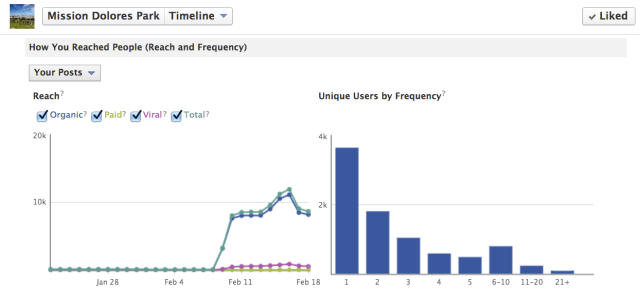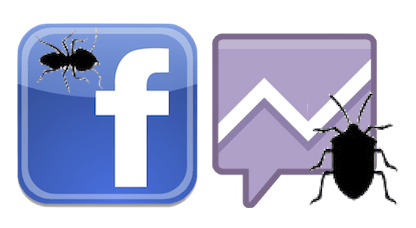While trying to speed up its iOS and Android apps, Facebook accidentally stripped out too much data about news feed posts by Pages. This caused Page Insights to be misreported, leading admins to believe their posts reached fewer people than they actually did, in most cases. Bug fixes are now rolling out and accurate data will flow into Page Insights starting Monday.
I spoke with Facebook to learn about the scope of the problem. For starters, it’s important to understand the issue was only in Page Insights reporting. Page posts were delivered to fans as expected, but they were counted wrong. The bugs may have masked significant changes it made to the news feed algorithm in the fall which affected Page reach, or may have made the changes appear more severe. However, the reporting bugs had nothing to do with actual fluctuations in how many people see Page posts. Still, it likely exacerbated backlash from admins.
Ad Insights has been behaving properly, have thorough monitoring systems to prevent these kinds of errors, and no one was over or undercharged for ads. App and Payment Insights should also be fine.
Here’s the back story on how the bugs were discovered and how Facebook responded.
After years of complaints that its native iPhone and Android apps were slow, Facebook released new, quicker versions in August and December, respectively. One thing Facebook did to speed them up was only transmit the minimum amount of information needed to display news feed stories. In doing so, Facebook mistakenly stopped sending the markers that Page Insights used to count how many people saw each Page’s posts.
As users upgraded to the faster apps, their views of Page posts in those apps stopped being counted, and Page Insights showed admins were getting fewer feed impressions for their posts than they actually were. Meanwhile, a slightly less dire bug caused desktop news feed ads to be counted twice as both organic impressions and paid impressions. Between the two bugs, most Pages were seeing misreported data in Page Insights for months.
Eventually, Facebook started getting bug reports and questions from clients and sales people about discrepancies in Page Insights. A few weeks ago, it decided to do an audit of Page Insights. A few hours later it discovered the bugs. Facebook decided to grow the Page Insights team and assemble it in a “war room” to work intensely until the bugs were fixed. For three weeks, 10 people worked exclusively out of the war room performing audits, bug fixes, more audits, and installing new monitoring systems to ensure Facebook would instantly catch any future Insights errors.

Now with the fixes and protections in place, it’s fessing up to the issues and accurate data will begin flowing into Page Insights on Monday, though accurate data from when the bugs were active won’t be available. Facebook has published a post on the Facebook Studio business blog which includes a video outlining exactly what parts of Insights were affected and where admins should expect to see changes in their data. At the top of Page Insights itself, all admins will see a notice at least twice alerting them to what happened.
Obviously, the fact that this happened at all will cause many to grumble and lose some faith in Facebook as a business platform. Luckily for most Pages, the reality is that they were getting more reach than they thought. The new data should be a relief rather than a downer. For most Pages, total reach should go up or stay the same, and organic reach should go up or down depending on a Page’s posting and advertising patterns. Heavy advertisers may see an increase in paid reach, and most Pages will see changes in metrics, including engagement and viral, which are calculated based on reach. The issues will be more pronounced in daily data, opposed to monthly data.
Worst-case scenario: some businesses and other admins may have thought their Pages were less valuable than they were. This may have misled them to reduce ad spend on buying Likes, or to change their posting strategies in an effort to stop the decline in reach as users switched to the faulty apps.
Unfortunately, software is software. Sometimes it has bugs. What’s important is coming clean about them, and getting fixes installed fast. Facebook waited until fixes were ready to notify the public, but at least it’s taking the time to explain what happened and notify those impacted. Facebook has to do its best to avoid these kinds of issues or it risks injecting doubt into all of the businesses it offers businesses.
